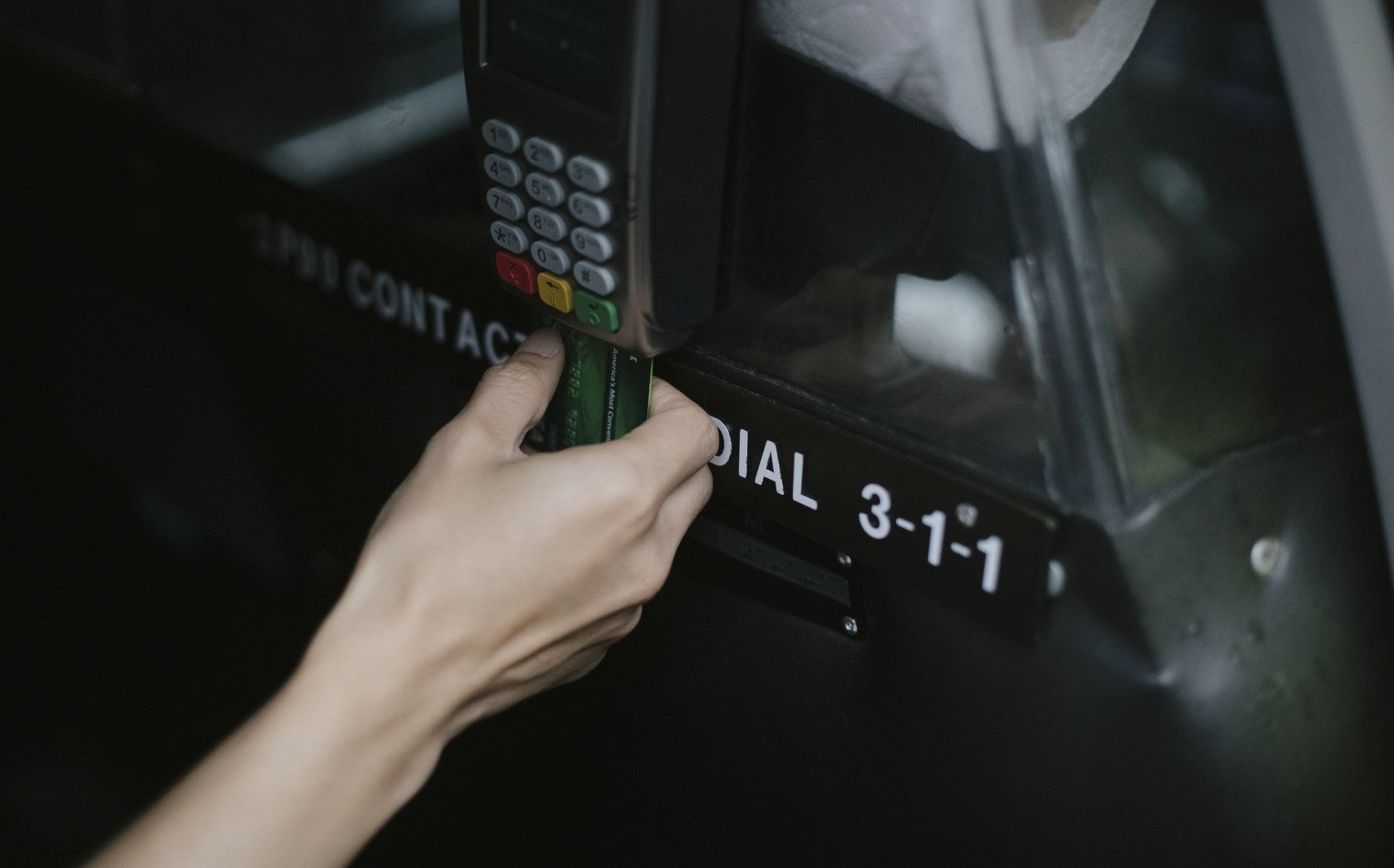What are the key components of a business settlement for card processing merchants?

Card processing merchants play a crucial role in the world of digital transactions, ensuring that payments are processed efficiently and securely. One important aspect of their job is calculating settlement, which involves the transfer of funds from the cardholder's bank to the merchant's bank.
There are several steps involved in the settlement process, and understanding how card processing merchants calculate settlement can help you better understand the inner workings of the payment ecosystem.
The first step in calculating settlement is for the merchant to submit a batch of transactions to the acquirer, who processes the payments on behalf of the merchant. This batch typically includes all the transactions that took place during a specific time period, such as a day or a week.
Next, the acquirer sends the batch of transactions to the card networks, such as Visa or Mastercard, for authorization. The card networks then send the transactions to the cardholder's bank for approval or denial.
Once the transactions have been approved by the cardholder's bank, the funds are transferred from the cardholder's account to the merchant's account. This transfer is known as settlement.
The settlement amount is calculated by subtracting any fees or chargebacks from the total amount of transactions in the batch. Fees can include interchange fees, which are set by the card networks, as well as any processing fees charged by the acquirer.
In addition, chargebacks can also impact the settlement amount. A chargeback occurs when a cardholder disputes a transaction and the funds are reversed from the merchant's account. The merchant may then be required to provide evidence that the transaction was valid in order to reclaim the funds.
Overall, the settlement process can be complex and involve multiple parties, including the merchant, acquirer, card networks, and cardholder's bank. By understanding how card processing merchants calculate settlement, you can gain a greater appreciation for the technology and infrastructure that enables seamless digital transactions.
How do card processing merchants calculate settlement?
Definition Of Card Processing Merchant
-

How does authorization work when a merchant processing card?
Card Processing Merchant
Learn More -

Are there ways for the business to reduce the fees?
Card Processing Merchant
Learn More -

How do card processing merchants calculate settlement?
Card Processing Merchant
Learn More -

What are chargebacks and how do they affect card processing merchants?
Card Processing Merchant
Learn More






